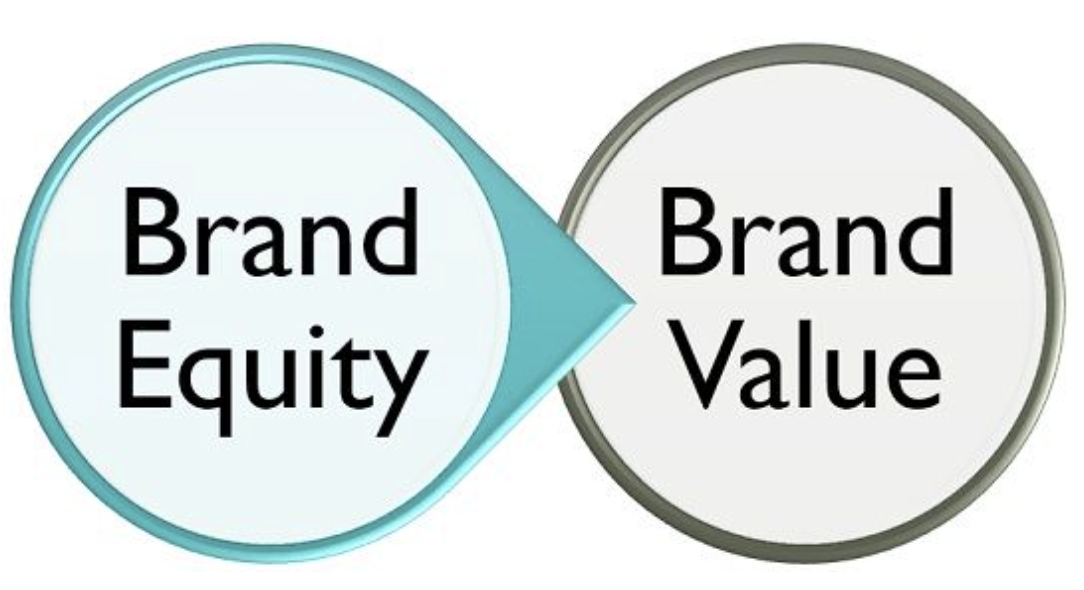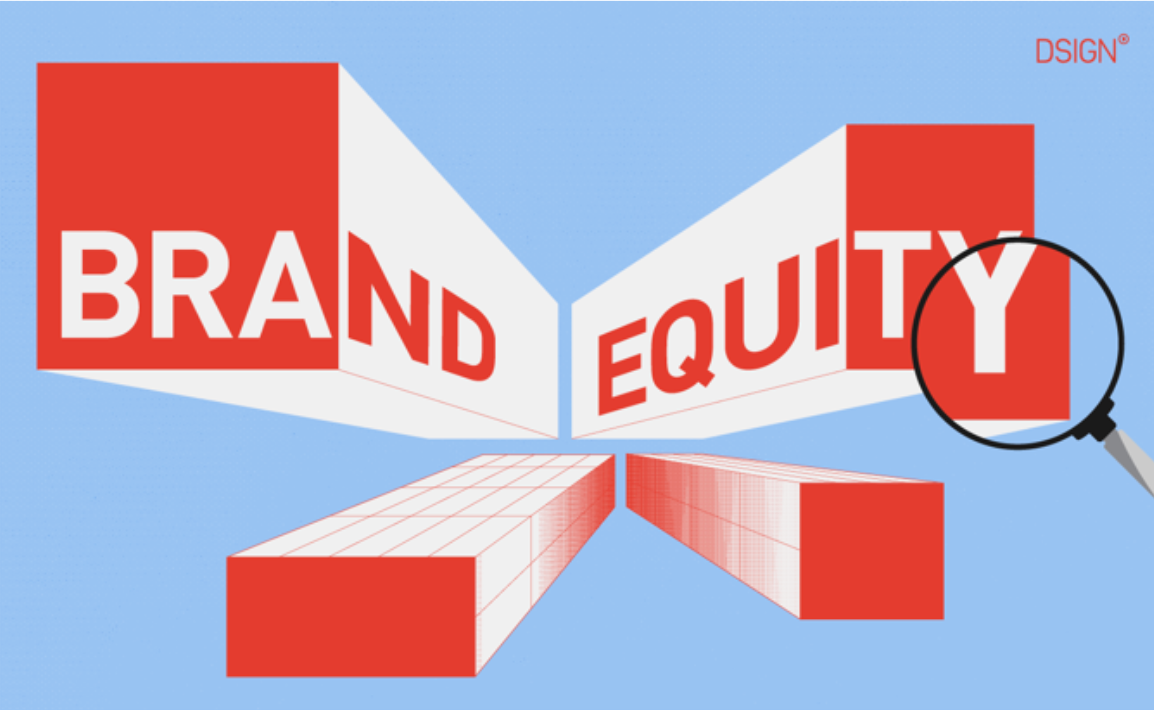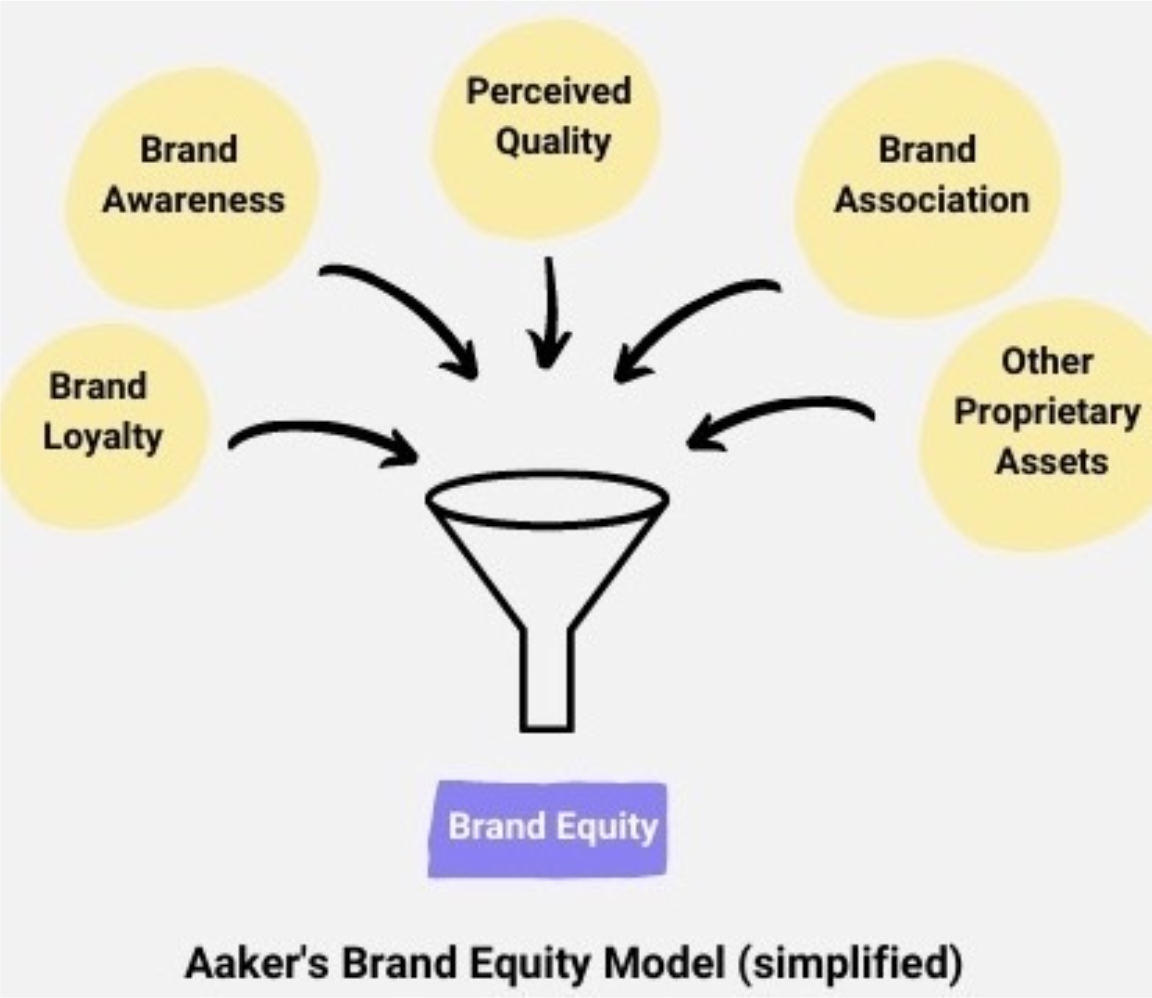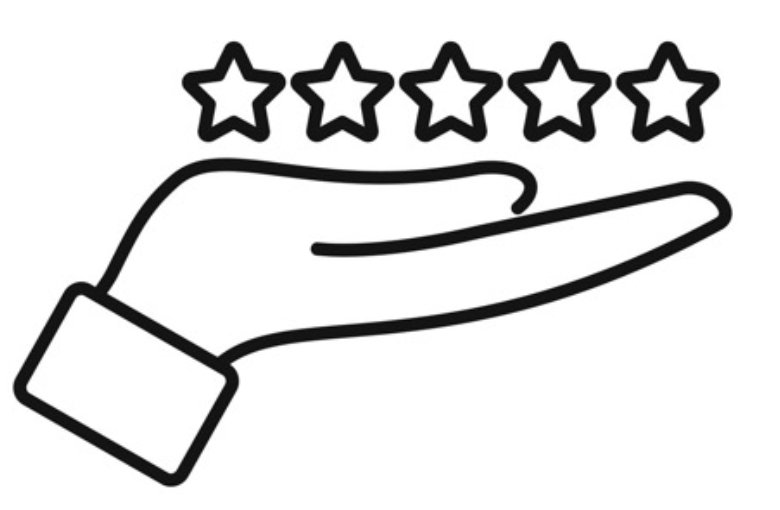
Sustainability & Brand Marketing - Brand Equity
Brand equity:
the reciprocal contributions between sustainability claims and brand value.
This report provides beauty marketers with strategic frameworks, concrete tools and illustrative examples to improve the efficiency and relevancy of sustainable marketing claims by connecting them with what the brand stands for.
Conversely, it also highlights that what the brand stands for should increasingly integrate the sustainability imperative.
1 - Brand purpose: connected yet not the same as sustainability.
2 - Brand equity: the reciprocal contributions between sustainability claims and brand value.
3 - Cause marketing and brand activism: mutually beneficial for a brand and for a cause – if done right.
Part 2 - Brand equity: the reciprocal contributions between sustainability claims and brand value.
What is brand equity?
Brand equity is one of the major, and most complex, components of modern marketing.
Put simply, brand equity represents the value of a brand.
“It is the simple difference between the value of a branded product, and the value of that product without that brand name attached to it”
(Rosenbaum-Elliott, 2015)
Building strong brand equity is the foundation for an organization’s long-term success.

At a high level, brand equity is determined by the consumer awareness, perception and experiences with the brand.
If a brand is top of mind and people think highly of it, it has positive brand equity.
When a brand doesn’t cut through the noise and/or consistently under-delivers and disappoints—to the point that people recommend others avoid it— it has negative brand equity.

How to build Brand Equity?
Marketers can reinforce brand equity by actively investing in its 5 components*:
- Brand loyalty
- Brand awareness
- Perceived quality
- Brand associations
- Other proprietary and immaterial assets
*as described by Marketing Theorist and Professor David Aacker

Best-in-class sustainability claims strengthen brand equity and vice versa
- Brand loyalty
Provided they are competitive, desirable (no or low trade-off, important to users) and aligned with brand value proposition, sustainability claims can:
- make or break loyalty. 91% of Americans are ready to switch to a more sustainable brand if price and quality are the same as their current choice.
- contribute to emotional engagement with customers and build a brand community around shared values and lifestyle choices.
- inherently increase loyalty based on the business model (ex. subscription and sharing economy, refill and recycling schemes).
Brand loyalty contributes to form habits and emotional attachment to the brand. As such, it increases favourability of sustainability claims and eases the adoption of sustainable living.

2. Brand awareness
Provided they are clear and simple, important to the target audience, differentiating/disruptive and in the right place & moment, sustainability claims can increase brand awareness by:
- Standing out among competition
- Creating memorable coms due to deeper emotional connection
- Encouraging consumer advocacy
- Engaging meaningfully with communities
- Increasing the number of touch points (ex. cause marketing campaign)
- The top 2 places where consumers prefer to find ESG information are through news&media, and on the product package itself (Nielsen IQ 2022)
Brand awareness means visibility and mental availability of the brand. As such, it facilitates exposure to sustainability claims and contributes to consumers’ interest and education on the topic.

3. Perceived quality
Provided they are substantiated, innovative or wise and contribute to a satisfying and consistent customer experience (design ++) , sustainability claims can increase perceived quality and as such price elasticity as well:
- Use of noble and/or high tech (biotech) vs cheap materials
- Built to last vs programmed obsolescence (devices and tools)
- Concentrated - without unnecessary “fillers”- and safe biocompatible formulas
- Innovative (future-facing) or wise (past-reactivating) solutions
- Meaningful, value-driven brand with a soul
- Transparent provenance, fair employment and treatment of workers
- Etc.
Perceived quality means a brand’s products and services are trusted to be well made and consistently delivering. As such, it increases favourability of its sustainability claims.

4. Positive brand associations
Provided they are substantiated, innovative or wise, important to the target audience and aligned with brand value proposition, sustainability claims can increase positive brand associations:
- Positive sentiments of doing something right, alleviating guilt, making a difference/an impact, connecting with the past (nostalgia marketing),…
- Trustworthy, responsible, caring, ethical brand
- Trailblazer, brave brand
- Worthy cause (cause marketing)
- Respected, well-known ambassador or partner
- Etc.
Positive brand associations mean the brand is trusted. As such, it increases favourability and credibility of its sustainability claims.

5. Other proprietary and immaterial assets
Provided they are innovative or wise, differentiating/disruptive and competitive sustainability initiatives can increase the quantity and quality of other proprietary assets such as:
- Patented biotech components, packaging solution
- Distinctive product format or experience
- Certifications
- Engaged community around shared values and interest
- Trading partner relationships (ex. sustainable beauty specialists)
- Complementary retail channels: natural grocers, lifestyle stores, health & wellness stores, wellness retreats,…
- Youth affinity, cultural relevancy
- Etc.
Proprietary and immaterial assets increase brand uniqueness, trust and relevancy. As such, it increases favourability and credibility of its sustainability claims.

KEY TAKEAWAYS BRAND EQUITY & SUSTAINABILITY CLAIMS
- A strong brand equity, the value of a brand, is the foundation for an organization’s long-term success.
- Best-in-class sustainability claims strengthen brand equity across its 5 components.
- Conversely, strong brand equity increases trust, favourability, visibility and action linked to sustainability claims.
KEY TAKEAWAYS BRAND EQUITY & SUSTAINABILITY CLAIMS
Characteristics of best-in-class sustainability claims that strengthen brand equity:
- Substantiated
- Competitive
- Desirable (no or low trade-off, important to target)
- Aligned with brand value proposition
- Clear and simple
- Differentiating/disruptive, innovative or wise
- In the right place & moment

